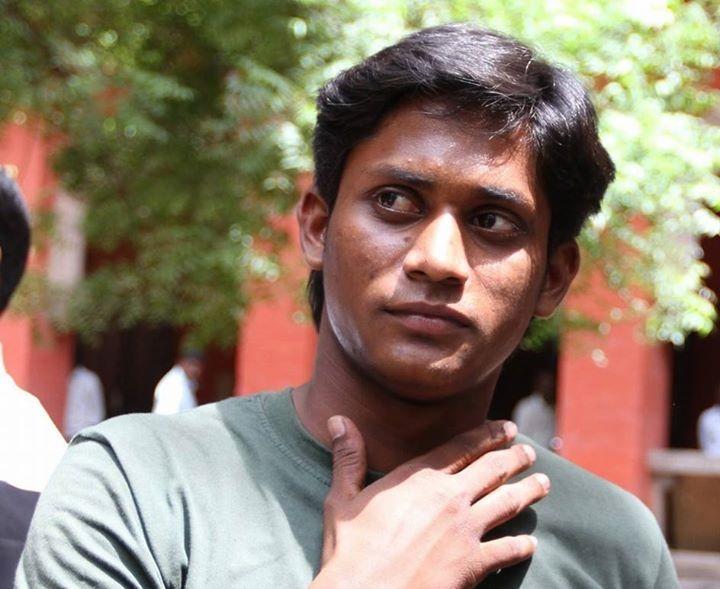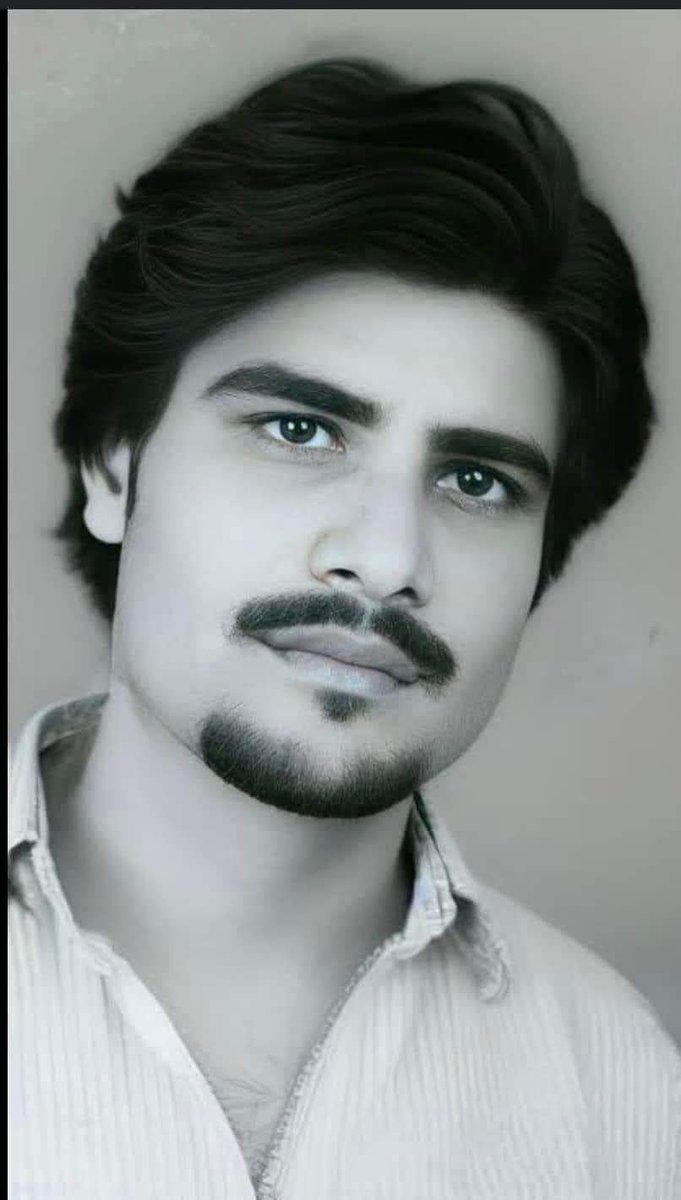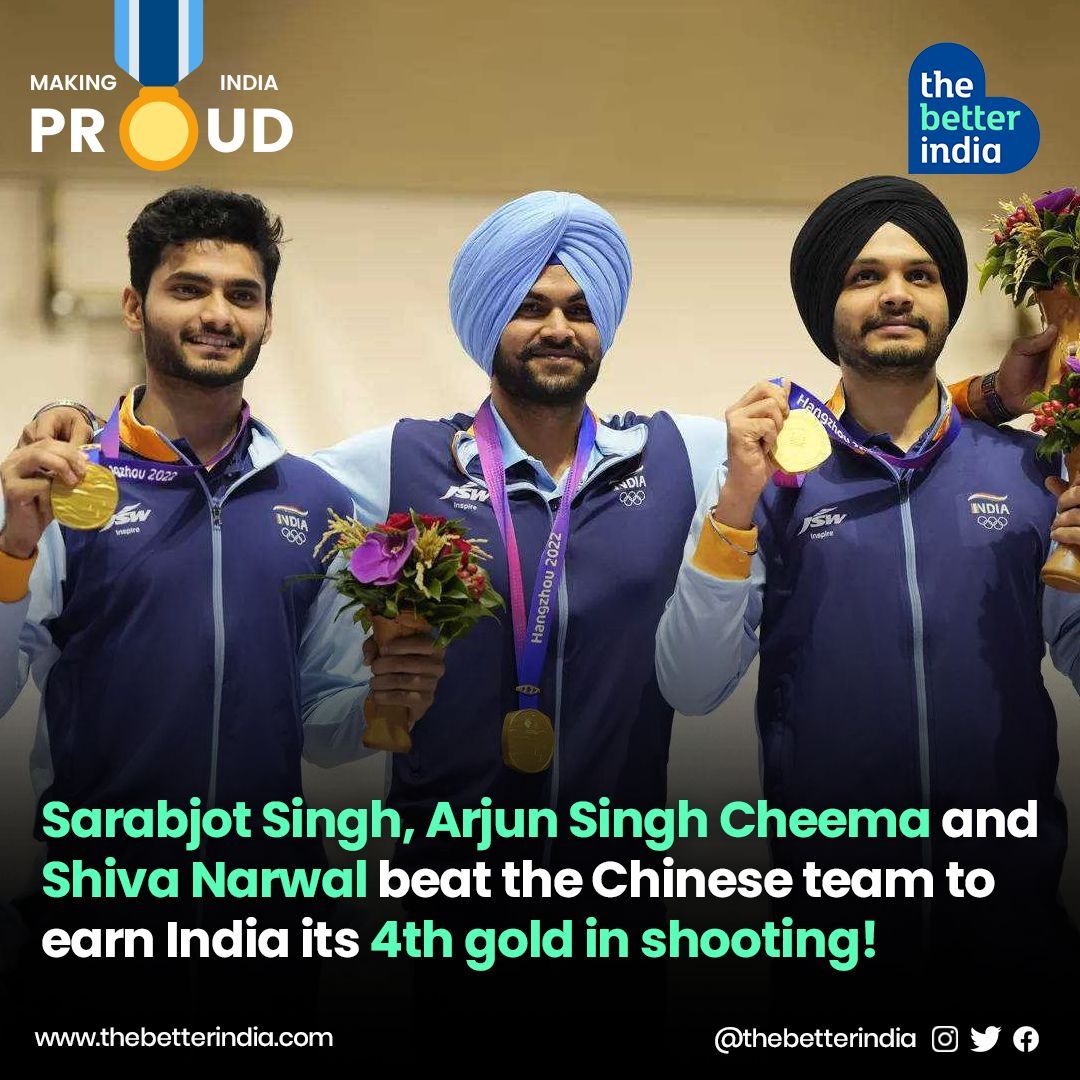"SUICIDE" of PRINCE
In 2013, Ilavarasan, a 19 year old Tamil Dalit man and a computer science student fell in love with and married 21 year old Divya from a "Dominant Caste", OBC community of politically powerful Vanniyar community of North Tamil Nadu and all hell broke loose.
In 2013, Ilavarasan, a 19 year old Tamil Dalit man and a computer science student fell in love with and married 21 year old Divya from a "Dominant Caste", OBC community of politically powerful Vanniyar community of North Tamil Nadu and all hell broke loose.

In a dramatic sequence of events that unfolded resulted in cementing of fissures between Tamil Nadu's Dalit and OBC communities.
Vanniyars are neither Brahmins, nor forward castes, but this is one Tamil Dravidian community that has never quite embraced Periyarian Dravidianism.
Vanniyars are neither Brahmins, nor forward castes, but this is one Tamil Dravidian community that has never quite embraced Periyarian Dravidianism.

Being most non Dravidian like & Brahminically aspirational and yet a Dravidian community nonetheless, Vanniyars found answer to their "different political" aspirations in the form of the founding of Vanniyar centric Pattali Makkal Katchi (PMK) by politically ambitious S.Ramadoss. 

Love affair and marriage between a "lowly" Dalit and "Dominant Caste" Vanniyars was politicized into an issue of "Vanniyar honor" by PMK that put pressure on newly wedded couple as issue became highly publicized. Divya's father committed suicide out of "shame" (Vanniyar pressure) 

Ilavarasan means Prince in Tamil and there was Tamil movie also made with same title in 1990s. After her father's suicide Divya was made to come back to her mother and she never went back to Ilavarasan. Court case of "kidnapping" ensued and more public spectacle of the issue. 

All of this eventually culminated into a tragedy, when dead body of ilavarasan was found on railway track under suspicious conditions. The death was officially declared a "suicide", but Dalit organizations have had their doubt.
All in all, a family destroyed over caste politics.
All in all, a family destroyed over caste politics.

While PMK and Ramadoss were clear villains of this unnecessary tragedy, the measured silence of both DMK & AIADMK was also not unnoticed.The necessity of political alliance with PMK preceded the empathy that should have been shown towards Tamilian Dalits by Dravidian ideologues.
• • •
Missing some Tweet in this thread? You can try to
force a refresh


















